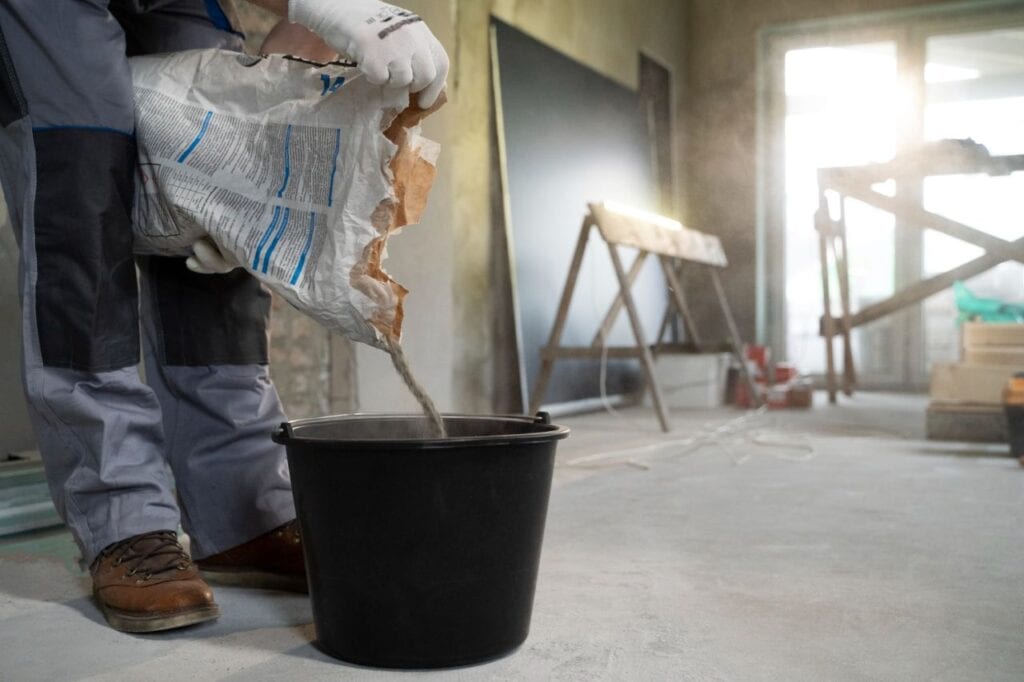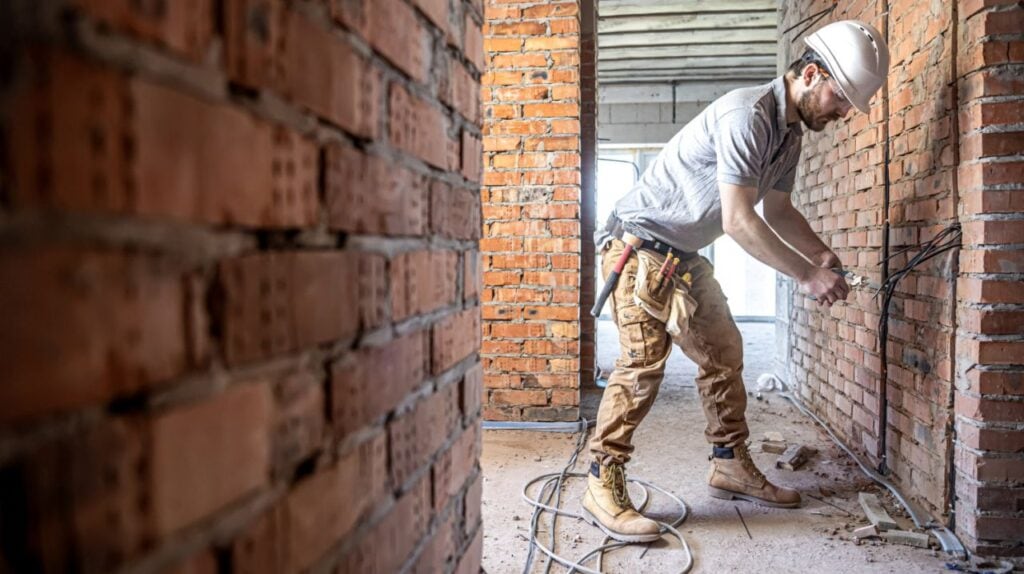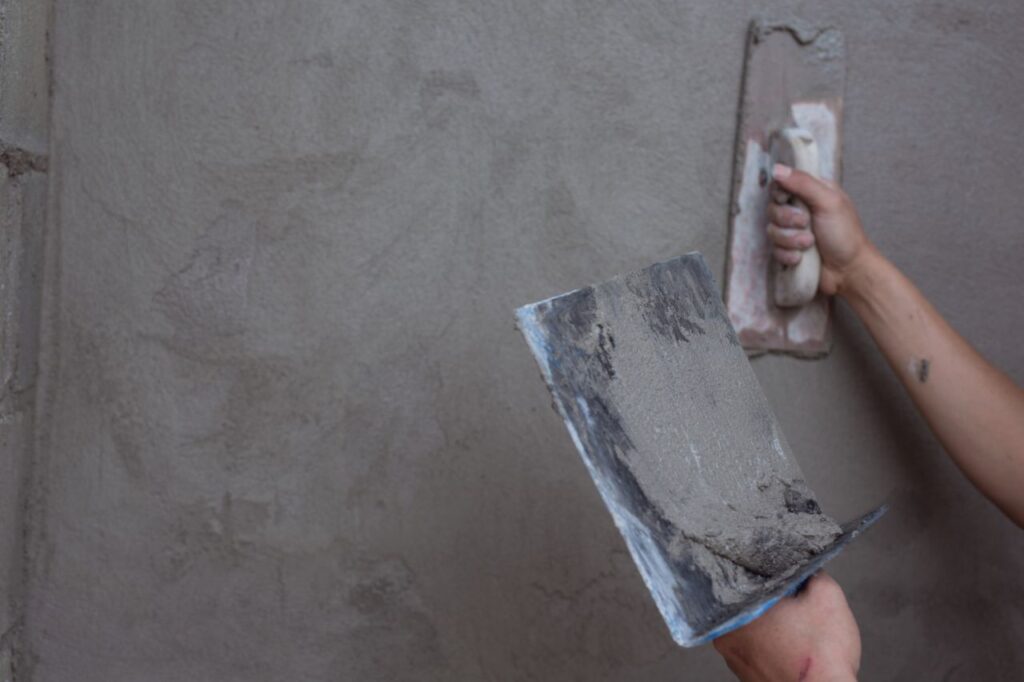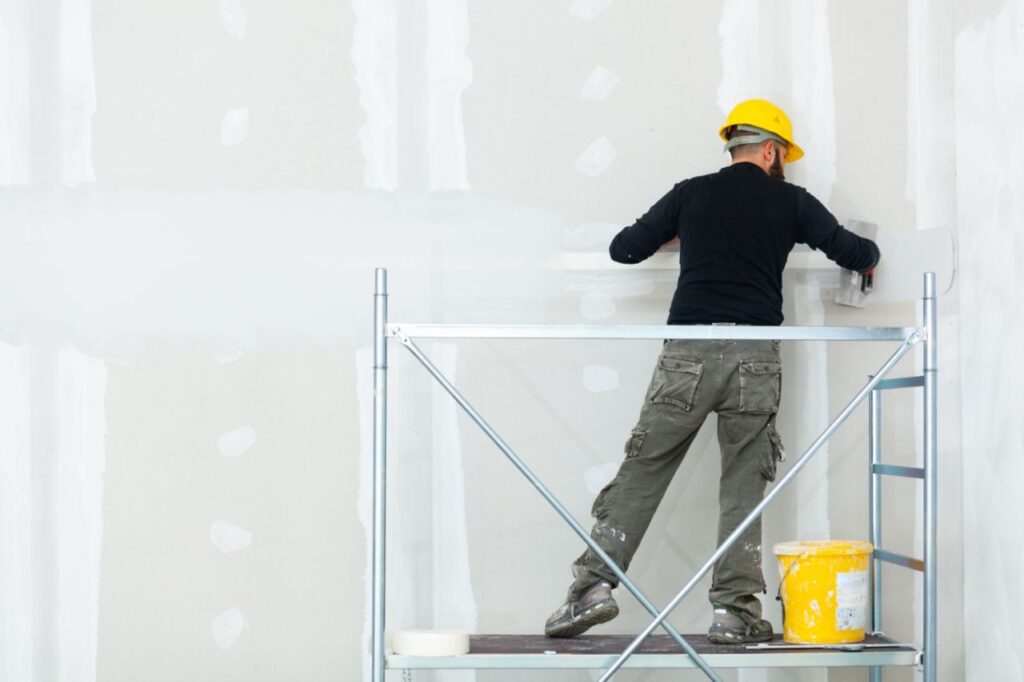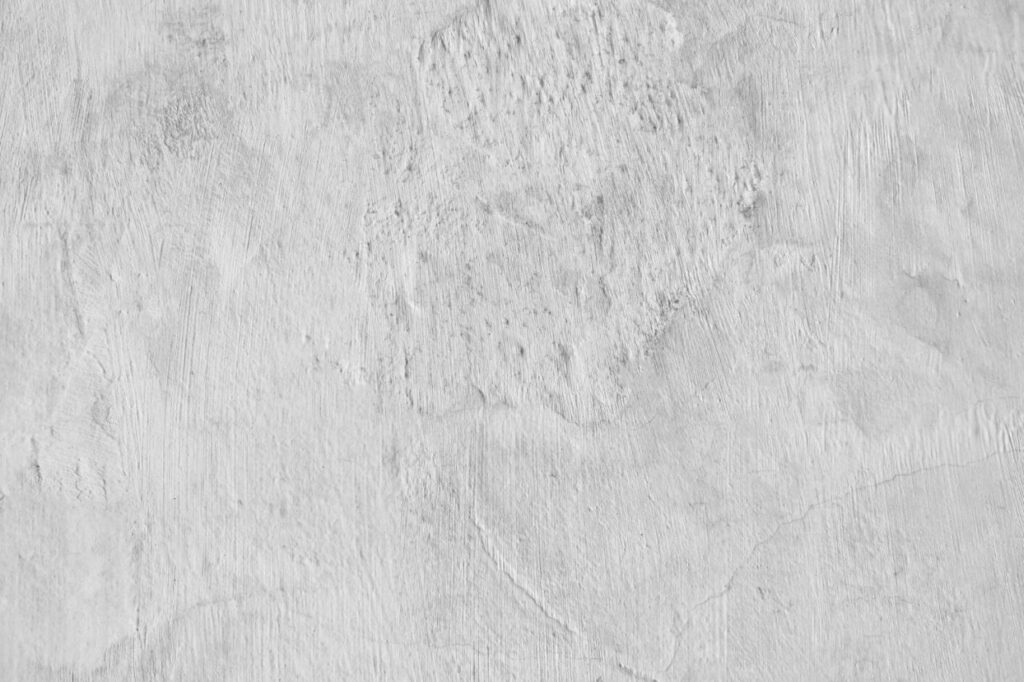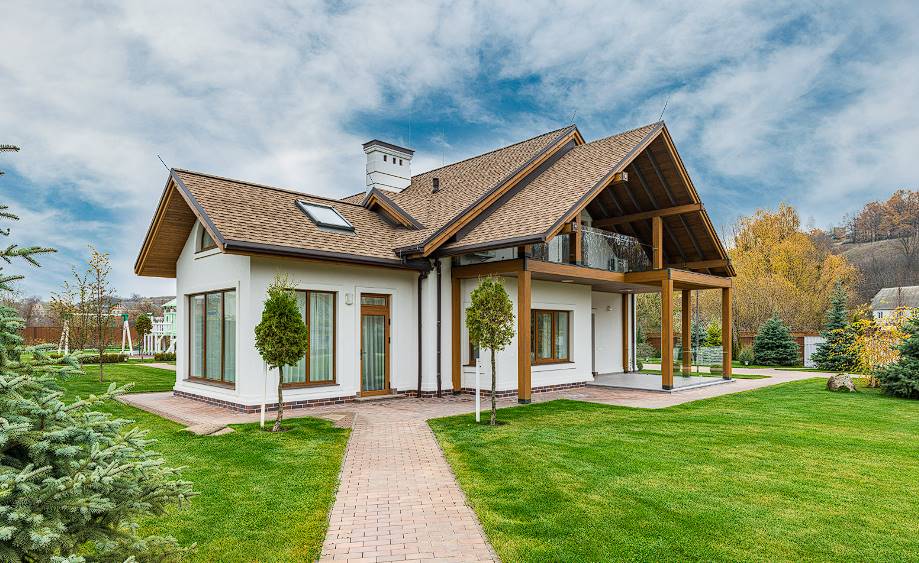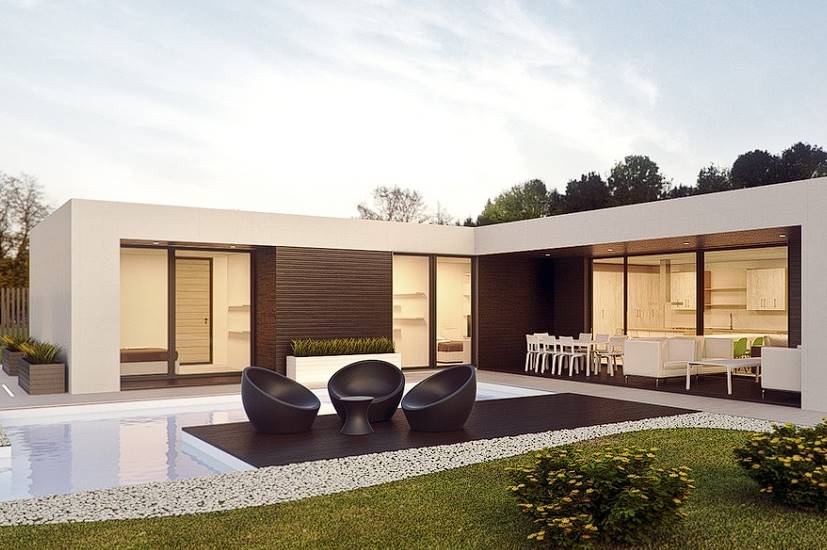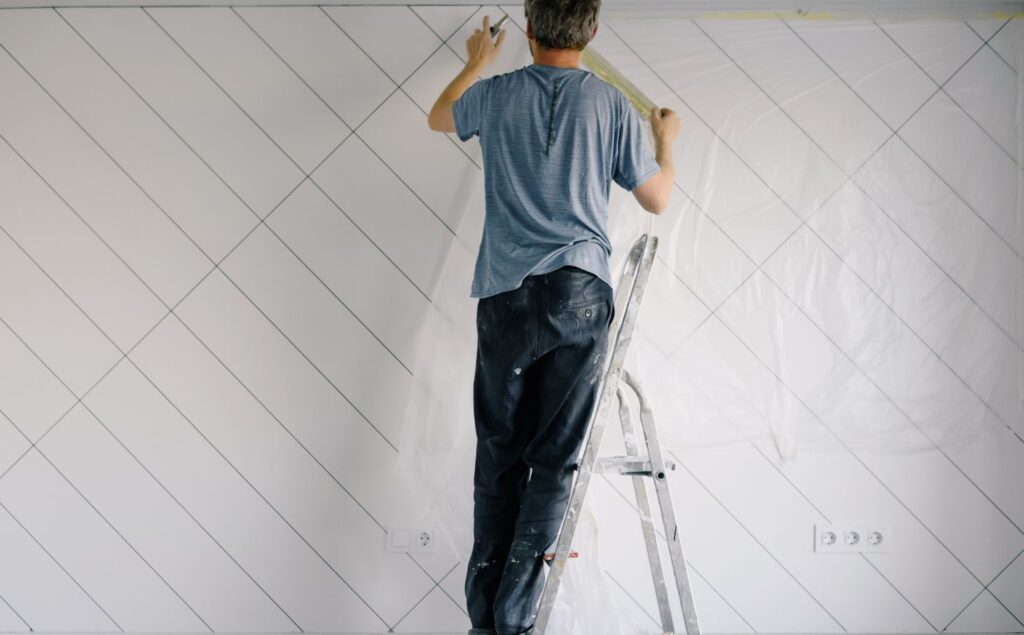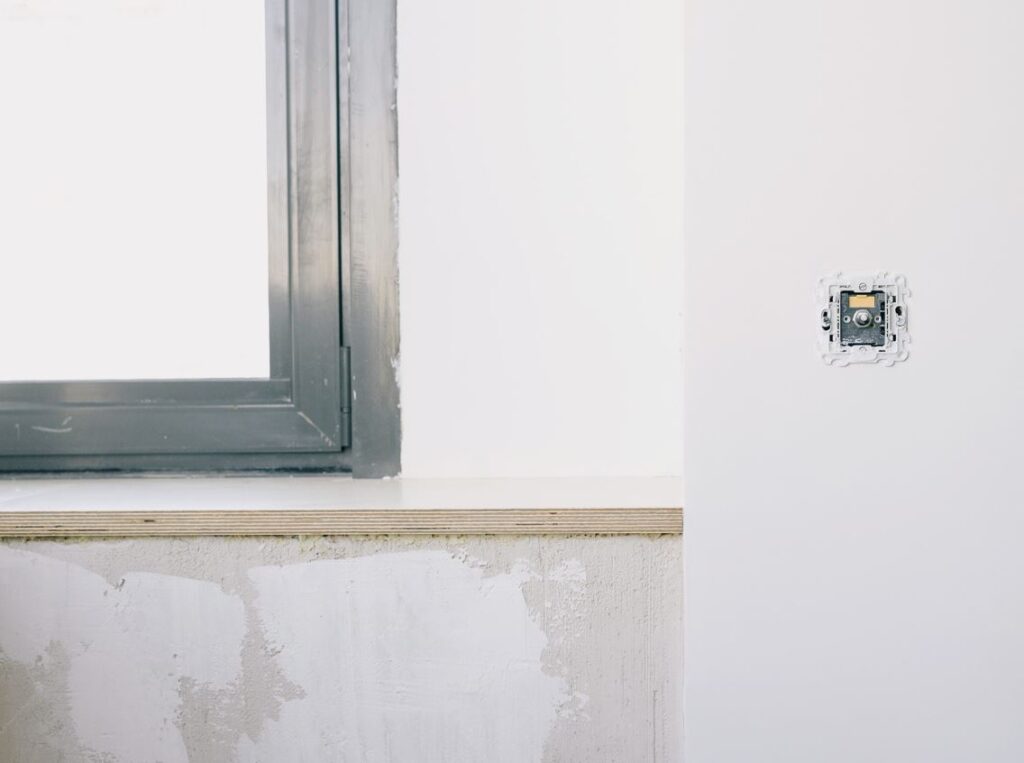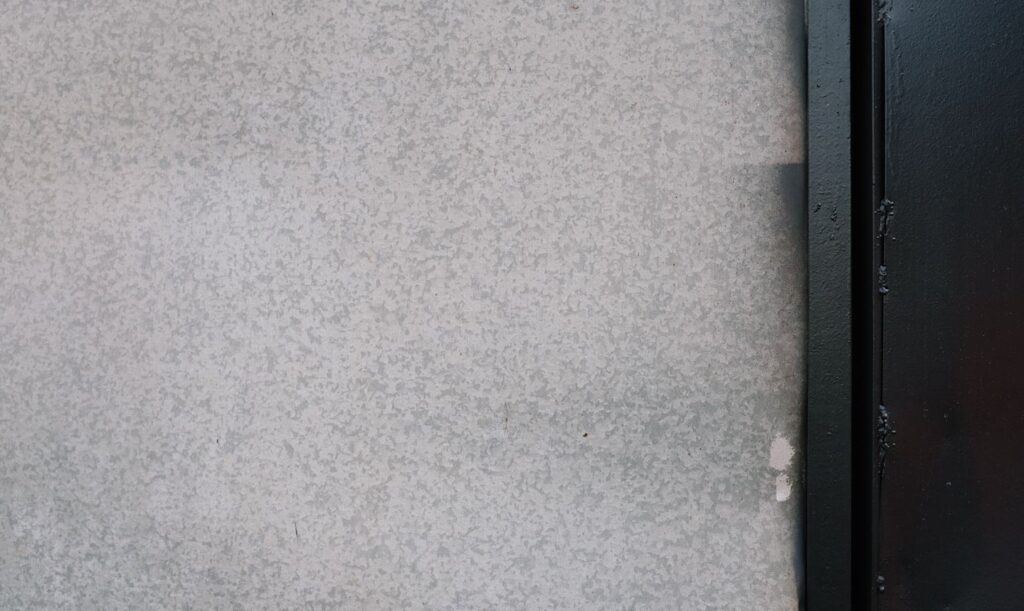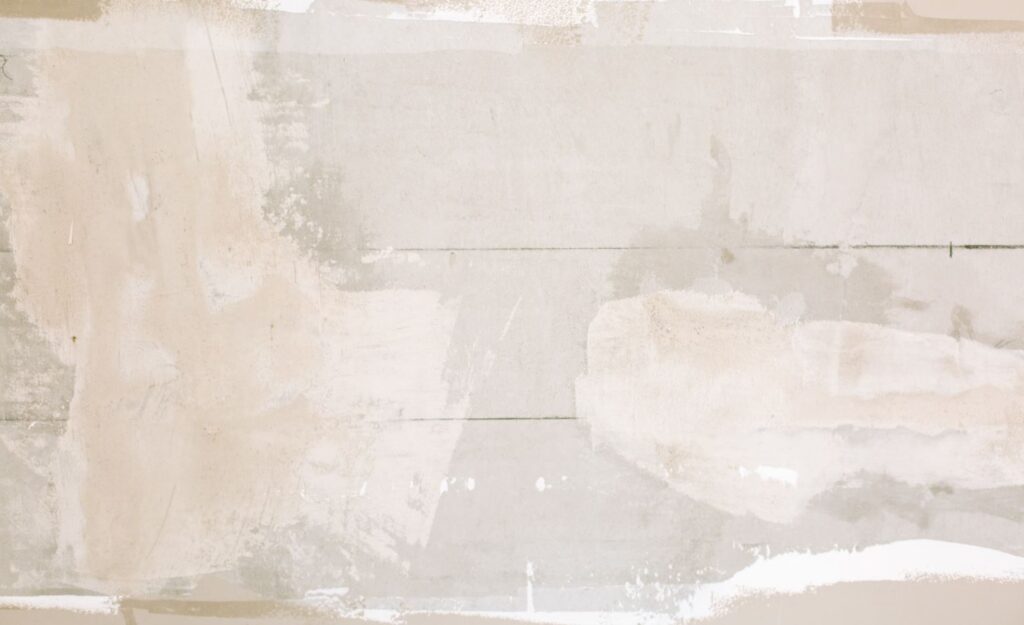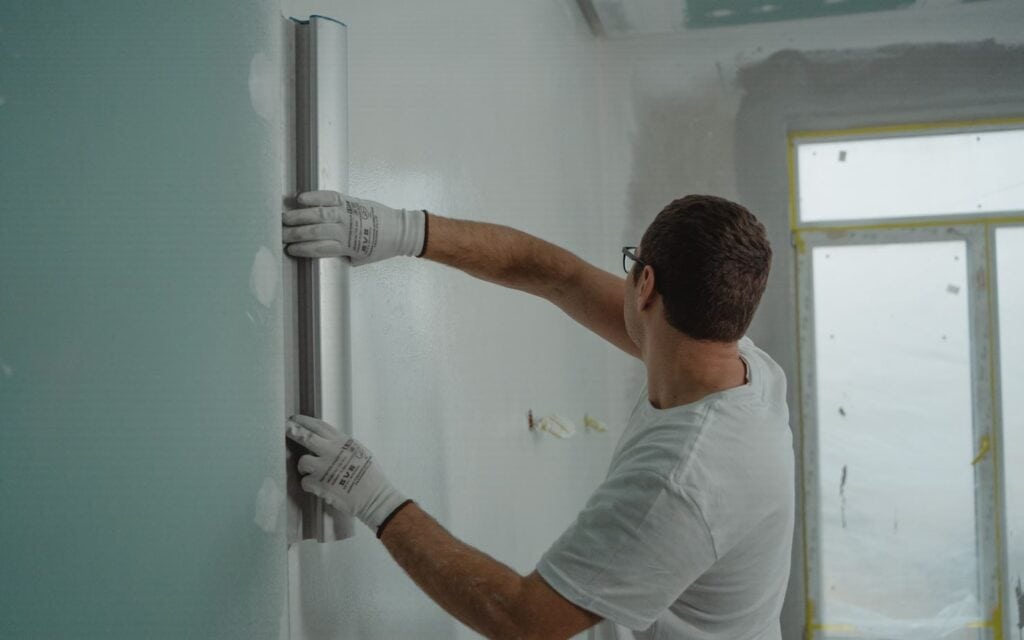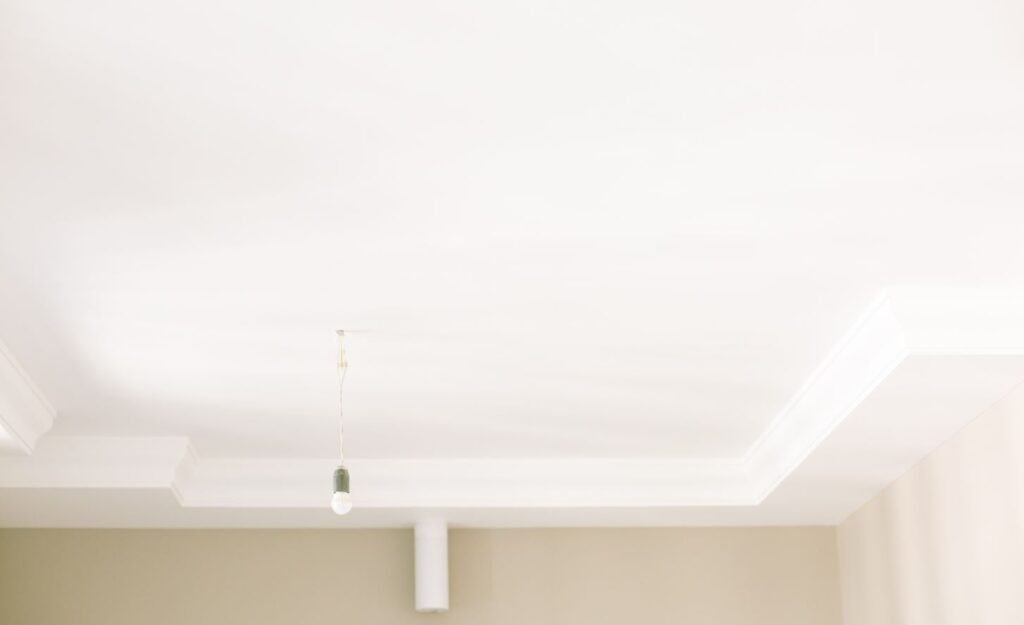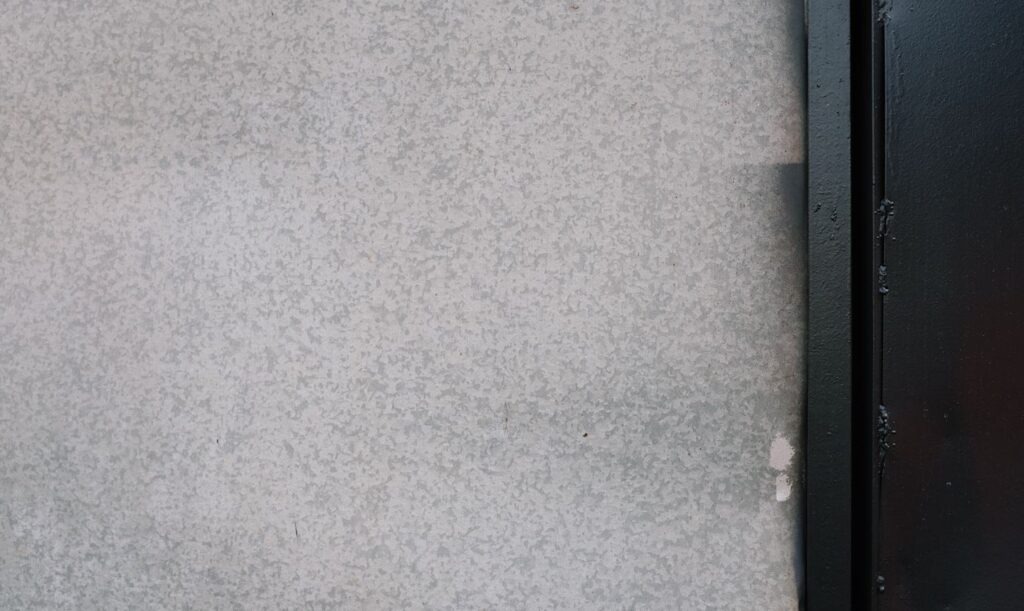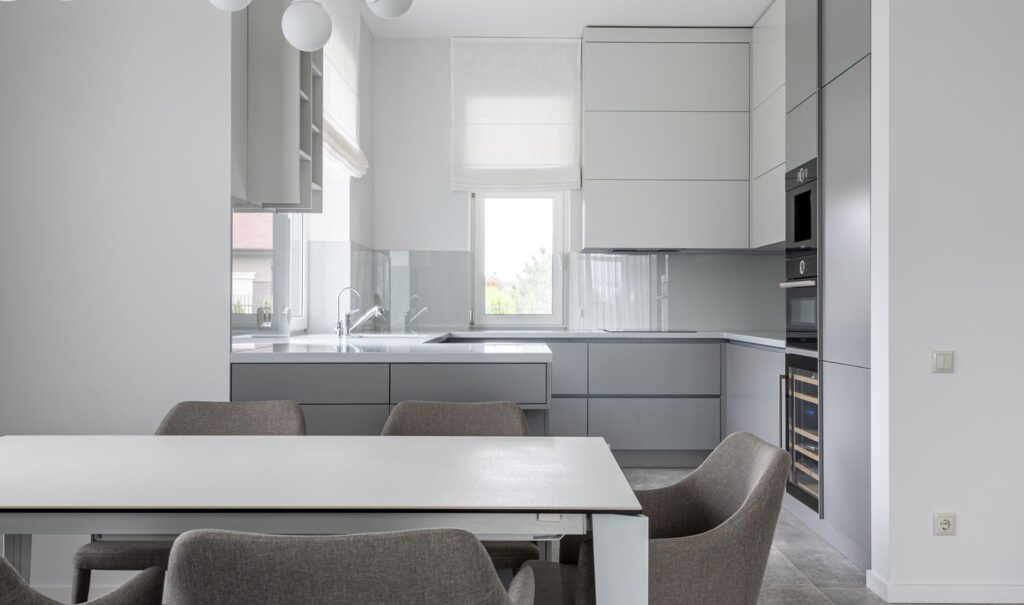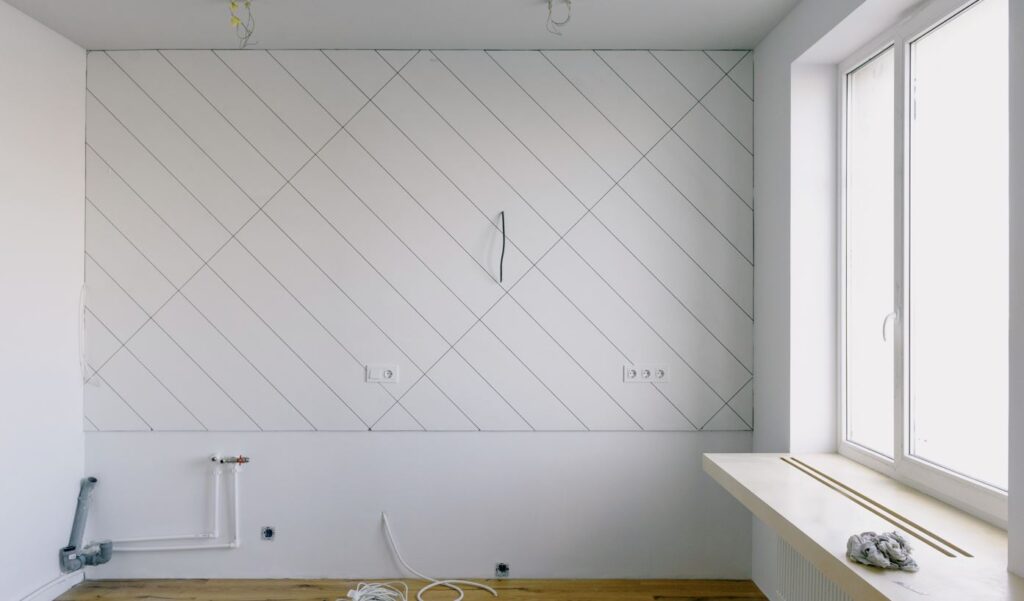Plaster is a flexible and widely used building material typically used to create smooth, flat surfaces on walls, ceilings, and other structures in the construction industry. However, drying and curing time is a major consideration when working with plaster.
This blog will comprehensively analyse the factors that influence plaster drying and curing time. We'll go over what plaster is, how it's applied, what equipment is needed, and how long it takes to dry and cure.
We'll also look at how the plaster's thickness and factors such as humidity, temperature, and atmosphere plaster affect the time it takes to dry and cure. Anyone working with plaster, be they professionals or do-it-yourselfers, would do well to familiarise themselves with these variables and how they affect the drying and curing processes.
The time it takes plaster to dry and cure and the variables that can affect this will be discussed in depth by the time you finish this article. However, this data will prove invaluable in ensuring that your plaster projects, no matter how big or small, are completed successfully and on schedule.
What Is Plaster?
Plaster is a common construction material that coats walls, ceilings, and other surfaces with a uniform, smooth finish. To create a paste for applying to surfaces, gypsum, cement, or lime are combined with water.
Plaster has many applications; it can hide imperfections, be painted or wallpapered over, or be used as a decorative finish. The most popular type of plaster is gypsum plaster, created by combining gypsum powder and water. This type of plaster is widely used because it sets quickly and is simple to work with.
However, cement plaster is created by combining cement, sand, and water to form a spreadable paste. This plaster is long-lasting and resistant to moisture, so that it can be used in frequently wet settings.
Lime plaster is created by combining lime, sand, and water into a spreadable paste. This plaster lets moisture evaporate from the surface, making it suitable for use in older or more historically significant structures.
Tools, including floats, trowels, and hawks, spread plaster on walls and ceilings. Plaster is applied evenly and smoothed to create a flat, uniform surface. It is necessary to wait for the plaster to dry before applying the final coats, such as paint or wallpaper.
A Quick Guide To New Plaster Drying And Curing Times
Plasters vary in setting time frames, but most need between one and three hours to harden completely. Most conventional household plasters have a drying time of 4 to 6 days, but certain specialised plasters might take as long as a month.
New plaster needs time to dry and cure, therefore here is a fast reference:
Undercoat Plaster
This coat is used as a foundation before applying the final layer of plaster to walls and ceilings made of block or brick. Plasters like bonding plaster, browning plaster, and hard wall plaster fall within this category.
- Drying time: 1 to 5 hours
- Curing time: 4 to 14 days
Specialist Plaster
Lime plaster was commonly used to coat the inside of walls and ceilings in ancient buildings.
- Drying time: 4 to 10 days
- Curing time: 2 weeks to 1 month
Patching Plaster
Knowing how to patch plaster is important in the event of small damage. Patching plaster is commonly used for this purpose and is applied to only the damaged areas rather than the entire wall. When used in small amounts, this dries fast.
- Drying time: 1 to 4 hours
- Curing time: 1 to 2 days
Finishing Plaster
What you see is what you get when you use the term "smooth and durable plaster" as a noun. It typically appears pinkish brown and takes on a pale pink hue after being cured.
- Drying time: 1.5 to 4 hours
- Curing time: 3-10 days
Curing time is reduced significantly when the plasterboard is skimmed.
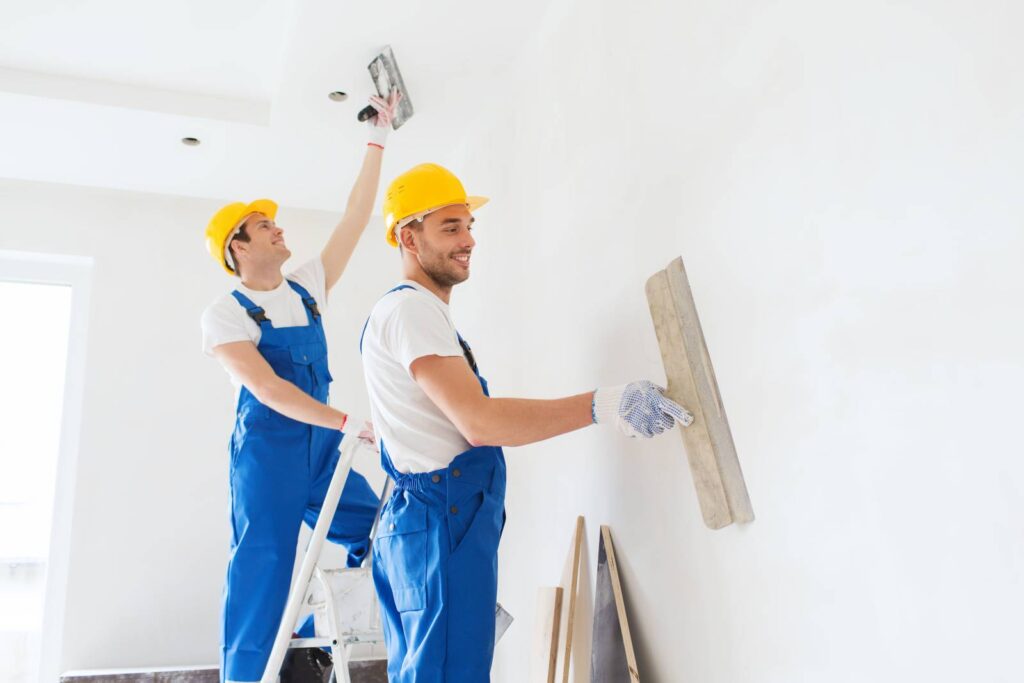
How Long Does Plaster Take To Dry? The Time Difference Between Drying And Curing
How long plaster takes to dry is a question with a complicated answer. However, it is expected that you have allowed sufficient time for the plaster to dry before proceeding. Herein lies the source of the misunderstanding.
The plaster must dry for a certain period before it can harden. These durations are significantly less than the cure period required for plaster.
Plaster may harden in a few hours but needs more time to cure. For instance, you can only begin painting about a week after installing new plaster.
However, drying durations are determined by external environmental conditions. For example, the plaster will cure significantly more quickly if it is located in a well-ventilated area with a high temperature.
The Various Factors Affecting Plaster Drying Time
Plaster is widely recognised as one of the most flexible building materials available. It can be used for everything from mending small cracks to adding decorative touches to buildings. It has various applications and benefits, but its slow drying time can make it difficult to work with.
Drying time varies widely depending on the plaster used and other plastering materials' availability. This article analyses the variables that affect plaster drying time.
Temperature
Plaster's drying time can be affected not only by humidity but also by the ambient temperature. Too low of a temperature will slow the drying process. Likewise, the plaster will dry too quickly if the temperature is too high. Optimal drying times are typically achieved at temperatures between 18 and 22 degrees Celsius.
Thickness Of Application
Drying time is also affected by how thick the plaster is applied. When applied thickly, plaster takes longer to dry because water must travel farther before evaporating. Therefore, applying plaster in thin layers with your plastering tools is essential for uniform drying. Otherwise, improper drying could cause it to crack or shrink.
Humidity
The drying time of plaster depends greatly on the relative humidity of the environment. This is because the curing and hardening of plaster require the presence of moisture.
Plaster's strength is compromised if it dries too quickly, which can happen if the air is too dry. However, the plaster will only dry in time if the humidity is high enough. To get the best results, the relative humidity of the surrounding air should be around 60%.
Type Of Plaster Used
Plasters are not all created equal; some plasters take longer to dry than others. For example, when compared to cement plaster, lime plaster typically dries more quickly. Cement plaster, on the other hand, is more long-lasting and resistant to damage; however, it may take longer to dry.
Air Circulation
The room's airflow may also affect the plaster's drying time. Evaporation is aided by air movement, so damp spots on the surface are less likely to form. However, the plaster will dry more slowly in humid air and may not dry thoroughly enough to prevent cracking or shrinking.
How Long Does Plaster Take To Cure?
Curing is the time period during which the plaster is allowed to harden completely. Curing time is different from drying time and can be significantly longer. Plaster usually needs between 28 and 45 days to cure fully.
Factors Affecting Plaster Curing Time
Plaster is a versatile building material that may be used to create uniform surfaces like smooth walls and ceilings, among other things. Plaster's curing time, however, is one of the most important considerations in any plastering project. Plaster must dry and harden completely, known as "curing time."
A number of variables can affect how long it takes plaster to cure, such as the additives used, the temperature and humidity of the surrounding air, the thickness of the plaster layer, and the type of plaster itself. If you want your plastering projects to turn out well, you need to know about the factors that affect the curing time of plaster.
Type Of Plaster
The type of plaster used is one of the most influential factors that might alter the curing period. Plaster's curing time can vary depending on the type of plaster used, which in turn is affected by its chemical composition and drying properties.
Plaster of Paris, or gypsum plaster, is one such plaster that sees extensive use in the building trades. Gypsum plaster is frequently used because of its short time to cure (typically between 24 and 48 hours). Unfortunately, gypsum plaster is more likely to crack and shrink during curing, which might reduce the quality of the finished product.
Humidity Levels
Plaster's drying time may also be affected by the surrounding humidity. Humidity can delay plaster curing and drying because less water evaporates from the material. Therefore, high humidity may slow curing times, while reduced humidity may hasten the process.
Plaster types have different requirements when it comes to the ideal humidity level for curing. Plasters have different humidity requirements during curing; gypsum plaster needs about 40% to 50% humidity, while cement plaster may only need about 30% humidity.
Using dehumidifiers or fans to regulate humidity levels can be helpful for keeping the curing environment at just the right conditions. However, plaster can crack or develop other problems if exposed to too much moisture while curing, so keeping it dry is essential.
Temperature
Plaster's curing time can also be affected by temperature. Higher temperatures can hasten the plaster drying and curing process, while lower temperatures can slow it down. The ideal temperature range for curing plaster will depend on the plaster used.
Plasters have different ideal curing temperatures; cement plaster may need temperatures between 25 and 30 degrees Celsius, while gypsum plaster cures best between 20 and 25 degrees Celsius. Therefore, the plaster must be used at a specific temperature range for optimal curing times and results.
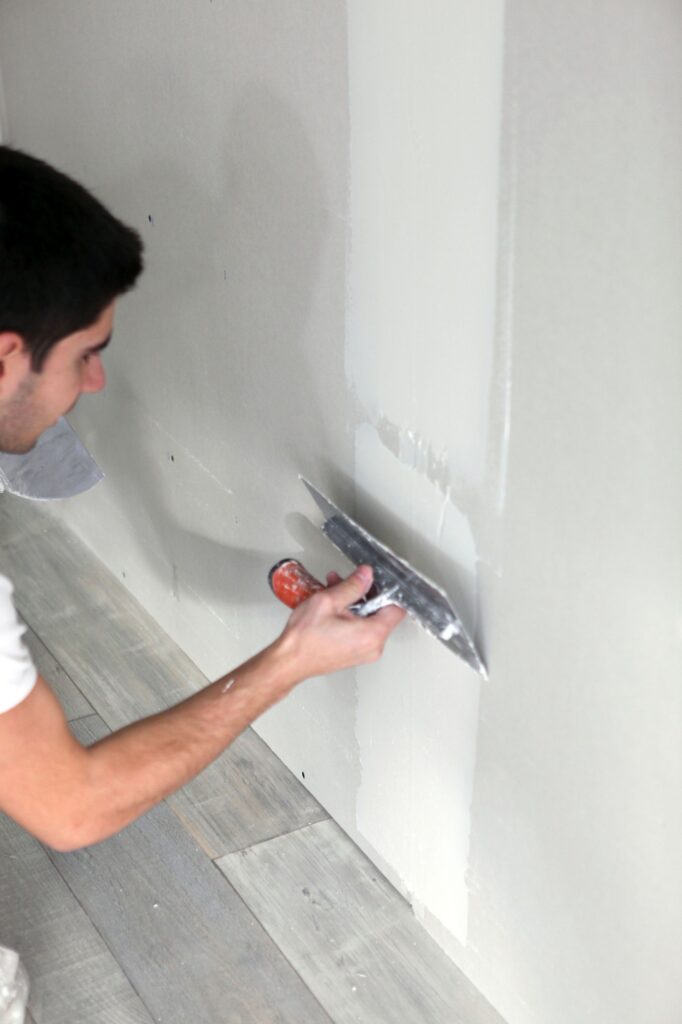
Ventilation
Plaster's drying time can also be affected by environmental factors like temperature. Depending on the plaster's specifics, the curing process may be sped up by exposure to higher temperatures or slowed down by exposure to lower ones.
Plasters have different optimal curing temperatures; cement plaster, for instance, may need temperatures between 25 and 30 degrees Celsius, while gypsum plaster cures best between 20 and 25 degrees Celsius. Therefore, plaster needs to be worked with in an optimal temperature range for curing so that it can harden properly and quickly.
The mixing and application temperatures should also be taken into account. For example, plaster's curing time and quality can be affected by whether it's mixed or applied in extremely warm or cold temperatures.
Thickness Of Plaster
Plaster's curing time can be affected by how thick it is. Plaster with a higher thickness will need more time to dry and cure because more moisture must evaporate from the surface.
Plaster should be applied in layers no thicker than what is recommended by the product's manufacturer. Plaster can take longer to dry, crack, and otherwise fail if applied in too many layers.
Plaster should be applied in multiple thin layers, with enough time between each application to allow the previous layer to dry and cure. This will achieve uniform curing and drying time for the plaster and a flawless final surface.
The Importance Of Proper Surface Preparation
Drying times for plaster will be greatly affected by the state of the walls you intend to plaster. When the walls are clean and smooth, the plaster has a better chance of sticking to them and drying quickly.
Plastering an uneven wall or one with substances like oil or grease on it might slow the drying process since the plaster won't adhere properly to the surface. Plaster takes longer to dry if the wall is uneven or if it contains things like oil or grease.
Applying a coat of joint compound over any cracks or holes in the plaster and smoothing out any rough spots with a trowel is the best approach to get the surface ready. With a trowel, the joint compound dries to a thick, paste-like consistency. It dries to a flexible, robust seal that can be sanded smooth before applying plaster.
Conclusion
Walls, ceilings, and other architectural surfaces can all benefit from plaster's smooth, flattening qualities. When dealing with plaster, it is important to account for the time it takes to dry and cure. Drying and curing times vary depending on variables, including temperature, thickness of application, humidity, temperature, and atmospheric conditions. Gypsum plaster, made by mixing gypsum powder and water, is the most widely used kind of plaster. Cement plaster, lime plaster, and undercoat plaster are some more common variants.
Hardening times for different types of plaster range from around an hour to three hours. Most common household plasters dry in about a week, while certain speciality plasters can take as long as a month. Drying and curing time is required for newly applied plaster, the most common type of which is undercoat plaster. Plasters with special properties, such as bonding plaster, browning plaster, and hard wall plaster, require anything from four to ten days to fully dry and cure. If you apply patching plaster to a damaged area, it will dry in 1–4 hours.
The plaster's drying time is affected by variables such as ambient temperature, application thickness, and humidity. Temperatures between 18 and 22 degrees Celsius are optimal for drying times. Plastering tools must be used in thin layers in order to cure uniformly and avoid cracking or shrinking as a result of the drying process. Plaster needs moisture in order to cure and harden, thus humidity is also important. In order to finish plaster projects on time and on budget, it is essential to have a firm grasp of these factors.
Curing, or letting the plaster sit out to firm entirely, often takes anywhere from 28 to 45 days. When it comes to how long it takes for the plaster to cure, variables including humidity, temperature, ventilation, plaster thickness, and the condition of the walls to be plastered all play a role. varied types of plaster have varied humidity requirements for curing; gypsum plaster, for example, needs 40% to 50% humidity, while cement plaster only needs 30%.
Plaster's curing time is affected by temperature; higher temperatures hasten the drying and curing process, while lower temperatures slow it down. Plaster needs temperatures between 20 and 25 degrees Celsius to cure properly, while cement plaster needs temperatures between 25 and 30 degrees Celsius.
Plaster's drying and curing time is also affected by its thickness, with greater depths needing longer periods of time. When applying plaster, make sure to provide enough time in between coats to let the previous coat dry and cure. Plaster needs to dry at a steady rate. Therefore, it's important to smooth out any bumps or wipe away any grease before you start. It is preferable to prepare the surface by applying joint compound over any gaps or cracks in the plaster and then smoothing it out with a trowel.
Content Summary
- Plaster is a widely used building material for creating smooth surfaces on walls and ceilings.
- Drying and curing time are crucial factors when working with plaster.
- This blog provides a comprehensive analysis of factors influencing plaster drying and curing time.
- Plaster is created by combining gypsum, cement, or lime with water to form a paste.
- Gypsum plaster is the most popular type due to its quick setting time and ease of use.
- Cement plaster is long-lasting and moisture-resistant, suitable for wet environments.
- Lime plaster allows moisture to evaporate, making it suitable for older structures.
- Tools like floats, trowels, and hawks are used to apply and smooth plaster.
- The plaster needs to dry before applying final coats like paint or wallpaper.
- Undercoat plasters, such as bonding plaster, have a drying time of 1 to 5 hours and a curing time of 4 to 14 days.
- Lime plaster has a drying time of 4 to 10 days and a curing time of 2 weeks to 1 month.
- Patching plaster is used for small repairs and has a fast drying time of 1 to 4 hours.
- Finishing plaster provides a smooth and durable surface with a drying time of 1.5 to 4 hours and a curing time of 3 to 10 days.
- Plasterboard skimmed with finishing plaster reduces curing time significantly.
- The plaster needs to dry before it can harden, and the drying time varies depending on external conditions.
- Plaster may harden in a few hours but needs more time to cure fully.
- Drying time is influenced by temperature, the thickness of application, humidity, and plaster type.
- Optimal drying is achieved at temperatures between 18 and 22 degrees Celsius.
- Applying thin layers of plaster promotes uniform drying and prevents cracking or shrinking.
- The presence of moisture is essential for the curing and hardening of plaster.
- Plaster strength is compromised if it dries too quickly or in excessively dry air.
- Plaster types like gypsum and cement have different drying properties and curing times.
- Air movement aids in evaporation and prevents damp spots on the surface.
- Plaster curing usually takes between 28 and 45 days for complete hardening.
- Plaster additives, temperature, humidity, thickness, and type influence curing time.
- Plaster of Paris cures quickly but is prone to cracking and shrinking.
- Humidity levels affect plaster curing, with different requirements for different plaster types.
- Regulating humidity with dehumidifiers or fans helps control the curing environment.
- Higher temperatures accelerate plaster curing, while lower temperatures slow it down.
- Different plasters have specific temperature ranges for optimal curing times.
- Ventilation and environmental factors can affect plaster drying and curing.
- Plaster should be mixed and applied within the recommended temperature range.
- Plaster thickness affects drying and curing time, with thicker layers requiring more time.
- Applying plaster in multiple thin layers ensures uniform curing and drying.
- Proper surface preparation is crucial for plaster drying times.
- Clean and smooth walls promote better adhesion and faster drying.
- Uneven walls or surfaces with oil or grease slow down the drying process.
- A joint compound can be used to fill cracks and holes before plaster application.
- Smoothing rough spots with a trowel prepares the surface for plaster.
- Plastering in warm and cold temperatures can affect drying and curing time.
- The type of plaster used influences its chemical composition and curing properties.
- Plaster curing is affected by the relative humidity of the surrounding environment.
- Gypsum plaster requires around 40% to 50% humidity for optimal curing.
- Cement plaster may need only about 30% humidity for curing.
- Exposure to too much moisture can cause problems during plaster curing.
- Temperature range plays a role in plaster curing, with specific ranges for different plasters.
- Plaster thickness impacts drying and curing time, with recommended layer thicknesses.
- Uneven walls and surface contaminants can impede plaster drying.
- The joint compound helps create a smooth and even surface before plastering.
- Proper surface preparation ensures optimal drying and curing of plaster.
Frequently Asked Questions About Plaster
There could be several reasons why plaster takes a long time to dry, including the following:
- High humidity levels: If the humidity levels are high, it can slow down the drying process.
- Cold temperatures: Plaster dries faster in warmer temperatures, so the drying process can take longer if it is cold.
- Thick plaster application: If the plaster layer is too thick, it will take longer to dry.
- Inadequate ventilation: Poor ventilation can also slow down the drying process by trapping moisture in the room.
- Incorrect mixing ratio: Using the incorrect mixing ratio of plaster and water can also affect the drying time.
It is important to ensure proper conditions for drying plaster, such as appropriate temperature and ventilation, and to follow the manufacturer's instructions for the correct mixing ratio and drying time.
No, it is not recommended to paint over wet plaster. The plaster needs to be fully dry and cured before painting. Painting over wet plaster can cause the paint to peel, bubble or flake, leading to a poor finish. Therefore, allowing the plaster to fully dry before applying paint is important.
To ensure proper drying and curing of plaster, applying thin layers that are no more than 1/4 inch thick is recommended. Applying thicker layers can result in uneven drying and curing, leading to cracking, shrinking or other problems. Therefore, it is important to follow the manufacturer's instructions and allow sufficient drying time between each layer of plaster.
No, applying a second coat of plaster before the first one has fully dried is not recommended. Applying a second coat before the first one has dried can cause the two layers to merge, resulting in uneven drying and curing. Therefore, it is important to allow each layer of plaster to dry fully and cure before applying the next one.
To check if your plaster is dry, lightly touch it with your fingertips. If the plaster feels cool to the touch or leaves an impression, it is likely still wet and needs more time to dry. If the plaster feels dry and hard to the touch, it is likely to dry and ready for further work, such as sanding or painting. It is important to wait until the plaster is fully dry and cured before moving on to the next step in the project.



